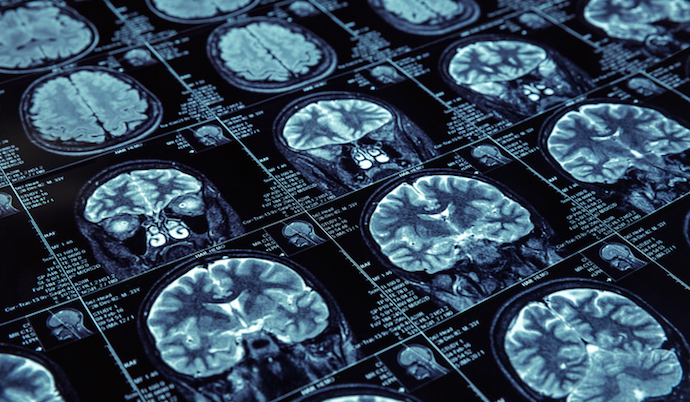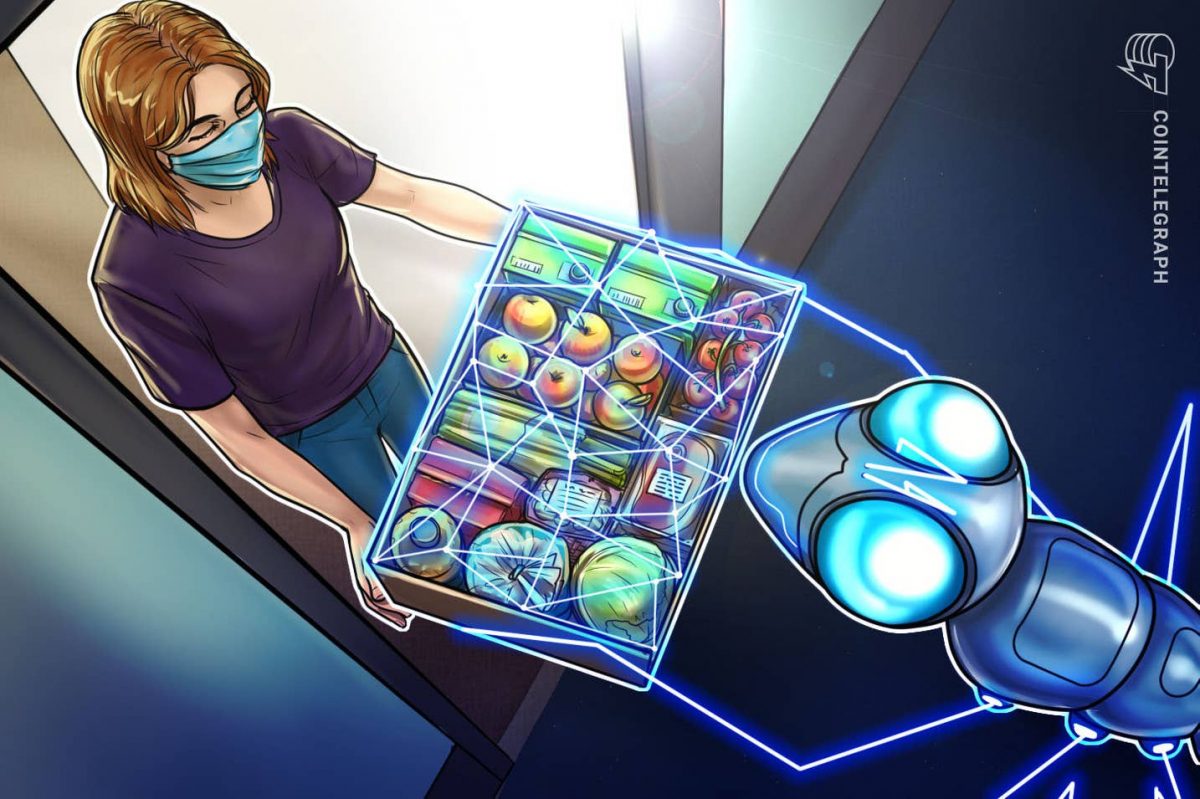Artificial intelligence now outperforms doctors when it comes to making diagnoses. The computer is becoming increasingly important as medical data grows and demographic research expands.
Applications for various diagnoses
Tuberculosis
It is the software of a company called Thirona, located in Nijmegen, which was the first to determine whether a patient suffered from tuberculosis. In the meantime, this software is used by 45 countries and especially in rural areas in Asia and Africa. In many of those places there is a shortage of radiologists, so this is one viable way of being able to screen many patients in less time. The software is now on a level where it can recognize tuberculosis better than a radiologist.
Lung cancer
The human recognition of lung cancer has been outperformed by software as well. Small abnormalities are difficult to see on a breast X-ray. Only specialized radiologists can do it. But they must assess many photos in population screening and miss one in five tumors. For this problem, another company from Nijmegen, Screenpoint, has developed a solution via artificial intelligence. The product has been approved by the FDA and has achieved the CE-label in Europe. In July of this year, ScreenPoint attracted an investor who will put $28 million into further growth, mainly in the United States, but the company is active worldwide.
Pitfalls
Nowadays, we find it normal that companies like Apple and Facebook recognize faces. However, in the early 2000’s, computers were not able to distinguish a bird from a plane. It was only with the surge of big data when the recognition applications have improved significantly. All the estimates such kind of software gives, is based on input of previous times. The computer learns with thousands of images to recognize the characteristics of a tumor or other disease. So, the software only works when it is trained with archive images on which a radiologist has previously diagnosed a disease. Rare tumors for example, which are not yet in the system, will not be recognized by the computer, even if it has the size of a tennis ball.
Covid-19
The fact that artificial intelligence cannot succeed without training has been noticed by the company Pacmed as well. Pacmed came with intelligent software for intensive care (IC). The software had to provide aid for a doctor to decide whether a patient could be discharged. This was a difficult task, regarding the many different medical aspects that had to be taken into account. With the global pandemic, the IC’s were under big pressure and there was no space to come up with something new. Nevertheless, there resided a different population on the IC than before Covid-19. Luckily, Pacmed could use its infrastructure to collect much information from the hospitals. In this way, Pacmed could improve its technology and make better estimations on whether a patient could be discharged from hospital.
Distrust of doctors towards the use of software
The computer often analyzes medical data at least as well as a doctor. That doesn’t mean doctors are embracing artificial intelligence, though. On the contrary, there is a lot of mistrust against the use of software whose operation is not entirely clear. Makers of the software do try to explain how artificial intelligence works. For example, they design the software in such a way that the doctor retains full responsibility. But it remains a black box, which uses complex algorithms to derive intelligence from a large mountain of data.
The usage of software now depends on several enthusiastic doctors, who follow the developments in artificial intelligence and manage to get money for the software from the management of their hospital. However, the number of these enthusiasts is growing and many think that the usage of artificial intelligence is inevitable given the rise in the amount of medical data. In addition, the patients are proven to be better off with the aid of software, is that not already enough of an argument to fast-track this development?


